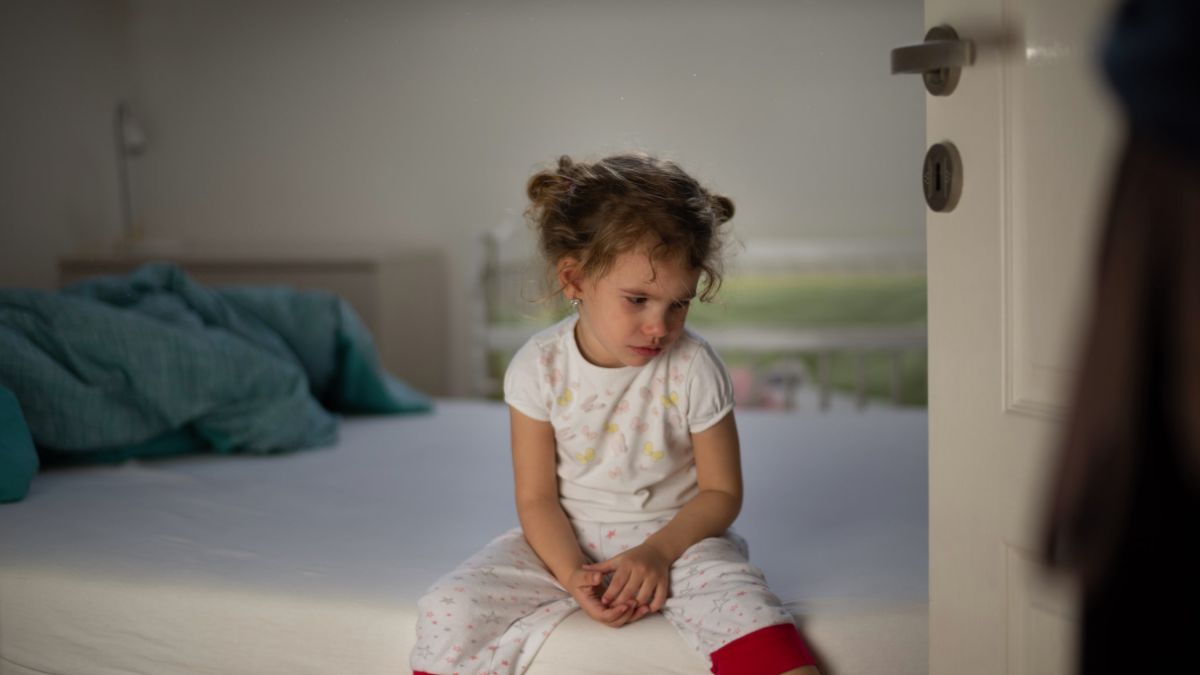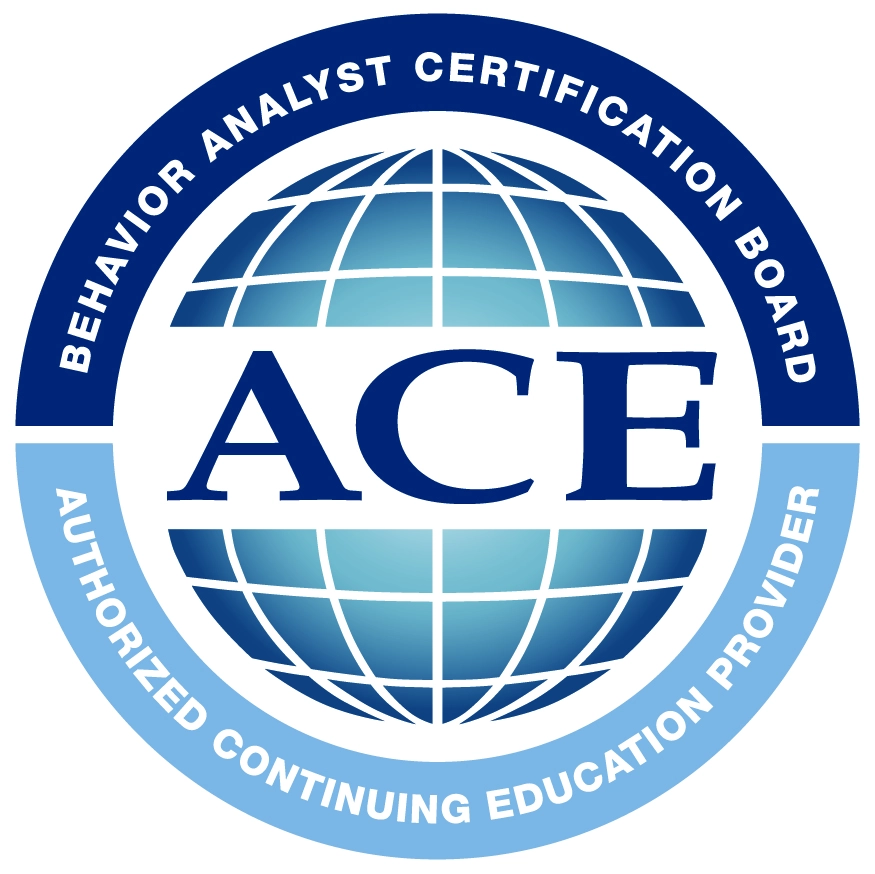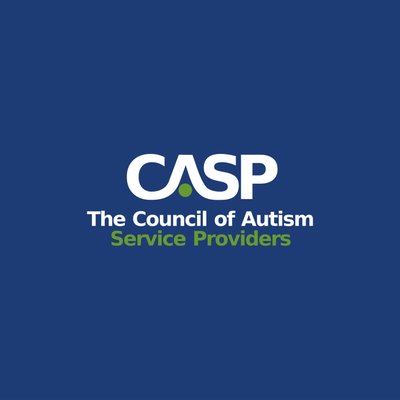Reactive attachment disorder in children with autism presents a unique and complex challenge for families and caregivers. While autism affects how a child communicates and interacts with the world, reactive attachment disorder stems from early experiences of neglect or inconsistent caregiving, leading to difficulties in forming secure emotional bonds.
Understanding how these two conditions intersect is essential for providing the right support and interventions.
Co-Occurrence of Autism and Reactive Attachment Disorder
According to research, there is a notable co-occurrence of autism and reactive attachment disorder in some children. A significant study involving 506 children revealed that 13 out of 20 children diagnosed with reactive attachment disorder and disinhibited social engagement disorder also met the criteria for autism. This emphasizes the complexity of diagnosing and treating these conditions simultaneously.
The study utilized the Checklist for Autism Spectrum Disorder to assess symptoms, and it found no overlap in total scores between children with both autism and RAD/DSED and those with RAD/DSED alone.
Children diagnosed with autism showed no differences in CASD scores compared to those without RAD/DSED, indicating that while both disorders can exist, they retain separate diagnostic criteria and characteristics.
Due to this, differentiating between autism and Reactive Attachment Disorder is essential for effective treatment and support. The two disorders have distinct etiologies; autism is understood to be naturally neurogenetic, while reactive attachment disorder arises from social-emotional maltreatment.
This fundamental difference highlights varying underlying causes that inform how each condition is treated.
The DSM-5 and ICD-10 guidelines specify that reactive attachment disorder and disinhibited social engagement disorder should not be diagnosed in children already diagnosed with autism, underscoring the importance of accurate assessment to ensure appropriate interventions.
Despite their co-occurrence, specific symptoms unique to autism can help clinicians differentiate between the two, aiding in more tailored support for children experiencing both challenges.
Symptoms of Reactive Attachment Disorder
Reactive attachment disorder is a condition characterized by a child’s inability to form healthy emotional bonds with their caregivers, typically due to emotional neglect or abuse during early development.
Symptoms of reactive attachment disorder can present differently in infants and young children, but common signs include:
- Persistent Sadness: The child may often appear unhappy or depressed, displaying little interest in engaging with others.
- Withdrawal: Children with RAD might isolate themselves from peers and adults, showing reluctance to participate in social activities.
- Lack of Comfort-Seeking: In moments of distress, the child may not seek comfort from caregivers or others, indicating difficulties in trusting those around them.
That said, diagnosing autism and reactive attachment disorder requires careful assessment according to established criteria. The DSM-5 and ICD-10 outline a framework for these diagnoses, specifically noting that:
- Reactive attachment disorder and disinhibited social engagement disorder should not be diagnosed in children with autism.
- Despite some children exhibiting symptoms of both conditions, the criteria stipulate that a diagnosis of reactive attachment disorder is not applicable when autism is present.
Overall, understanding the diagnostic criteria is crucial for parents and caregivers in navigating the complexities of these conditions, especially when considering the overlap in symptoms.

Treatment Approaches for Reactive Attachment Disorder
The treatment for reactive attachment disorder emphasizes the importance of fostering emotionally healthy bonds and mending fearful or uncomfortable relationships between children and their caregivers.
Given that reactive attachment disorder can affect up to 1% to 2% of children, with nearly half of those experiencing ongoing difficulties in relationships, it is crucial to employ effective treatment strategies.
Treatment plans for reactive attachment disorder typically involve the following components:
- Individual or group therapy to address attachment issues and emotional regulation.
- Support for caregivers to understand and manage their child’s needs effectively.
- Creating a nurturing and supportive atmosphere that encourages secure attachment.
Children and caregivers both benefit from these treatment approaches. It is essential to tailor the plan to the individual needs of the child and the family dynamics.
Managing the co-occurrence of autism and reactive attachment disorder is complex. Research indicates that specific symptoms of autism can help differentiate between autism and reactive attachment disorder or developmental social deprivation.
Autism is identified as a neurogenetic disorder, whereas reactive attachment disorder arises from significant social-emotional maltreatment. Given these differences, treatment strategies must address the unique needs presented by both disorders.
Effective management may include integrated treatment plans, behavioral interventions, as well as parent and caregiver involvement.
Building a comprehensive treatment plan that considers the traits of both disorders is vital for promoting healthier relationships and improving overall emotional well-being.
Support and Resources
Addressing reactive attachment disorder in children with autism requires tailored intervention strategies and resources for both the child and their caregivers.
\Treatment for reactive attachment disorder focuses on creating emotionally healthy bonds while repairing fearful or uncomfortable relationships between children and their caregivers. Effective treatment plans often involve both children and caregivers, ensuring that everyone involved benefits from the therapeutic process.
Some of the most common therapeutic interventions include:

Creating a positive home environment is essential, as it lays the groundwork for healthy attachment and emotional growth. Therapeutic interventions should be adapted to the unique needs of each child and their family dynamics.
Caregivers also play a critical role in the treatment process for children with reactive attachment disorder. They may experience unique challenges due to the nature of reactive attachment disorder, which often includes symptoms such as persistent sadness, withdrawal, and an inability to seek comfort when distressed.
Understanding reactive attachment disorder can provide caregivers with the tools necessary to support their child effectively. Some key aspects include:
- Resources that help caregivers understand reactive attachment disorder, its symptoms, and effective parenting strategies.
- Connecting with other caregivers and support groups to share experiences and coping strategies.
- Encouraging caregivers to prioritize their mental health and well-being to better support their child.
- Seeking assistance from mental health professionals specializing in attachment disorders.
Reactive attachment disorder can affect up to 1% to 2% of children, particularly those who have experienced emotional neglect or abuse, making support systems for caregivers essential.
Children removed from their homes and placed in other settings, such as foster care, are significantly more likely to encounter reactive attachment disorders. By providing caregivers with adequate resources, education, and support, we can foster a healthier family dynamic and enable children to develop meaningful emotional connections.

The Bottom Line
Understanding reactive attachment disorder in children with autism means recognizing the complex relationship between two very different conditions. While they can share similar behaviors, their causes, diagnoses, and treatments are distinct. Proper assessment and personalized interventions are key.
Using the right support systems, therapeutic approaches, and caregiver involvement can help children facing both challenges build stronger emotional bonds and move toward healthier, more connected lives. At Golden Care Therapy, we provide high-quality, compassionate ABA therapy in New York, New Jersey, Indiana, Georgia, and Florida.
Our dedicated team works closely with families to create individualized plans that truly make a difference. If you’re looking for trusted support tailored to your child’s unique needs, contact us today to get started.
Sources:
https://pubmed.ncbi.nlm.nih.gov/27895198/
https://www.sciencedirect.com/science/article/abs/pii/S0891422215000086
https://my.clevelandclinic.org/health/diseases/17904-reactive-attachment-disorder



